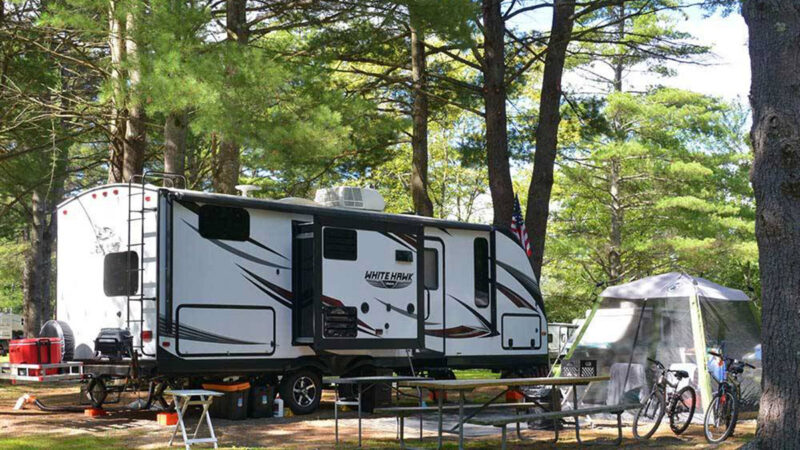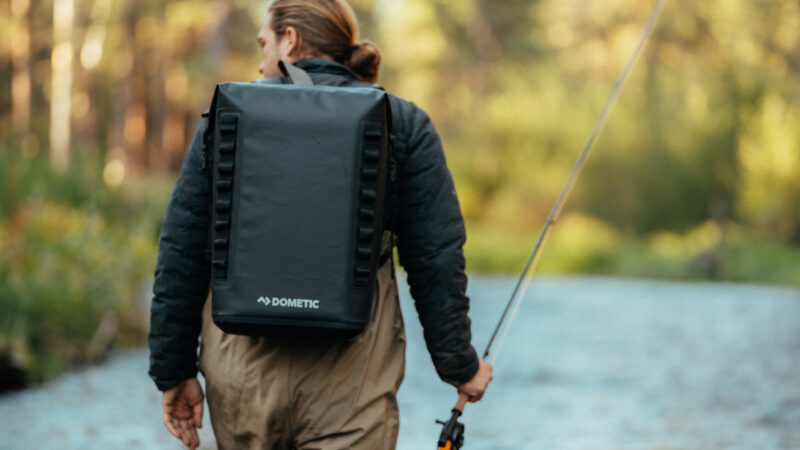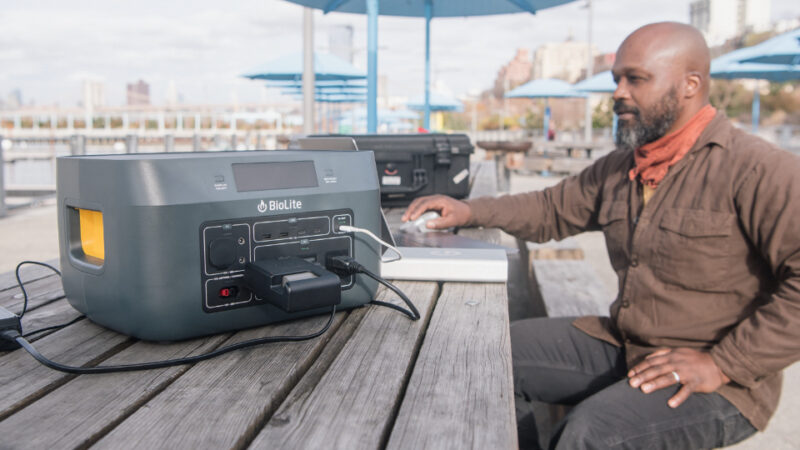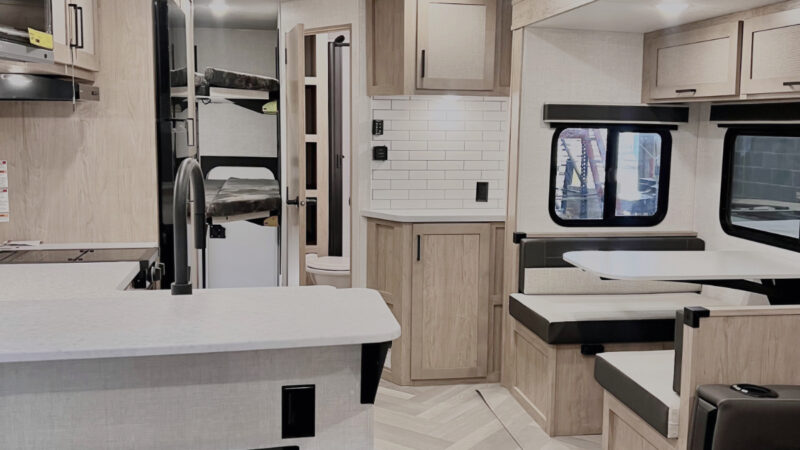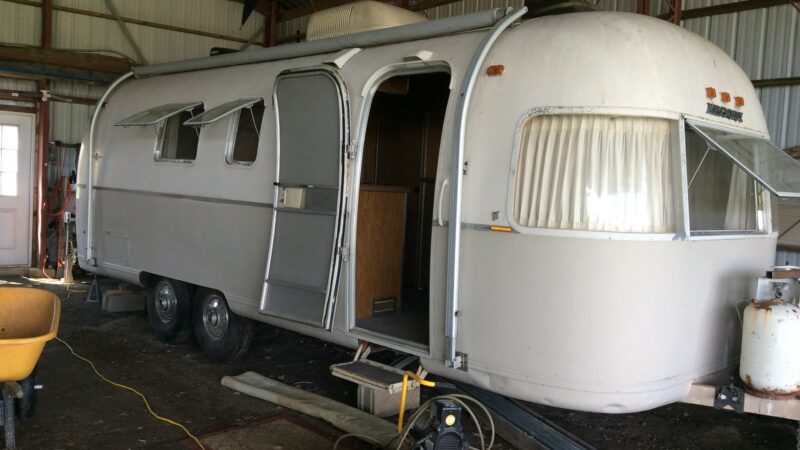Driving Force: Room at the Top
In 2017, when iKamper founder Soon Park sat down to launch a Kickstarter campaign, the concept of a rooftop tent was still novel enough to workaday campers to require explaining. Park launched the company in his native South Korea in 2012 after returning from a Kerouac-inspired, three-year family ramble across the U.S. The Park family towed a pop-up throughout but Soon began to envision a whole different setup: an expandable, easy-to-pitch, hardshell rooftop tent. His daydream became iKamper’s flagship product, the Skycamp. His Kickstarter, which went live with a goal of $100,000, brought in just shy of $2.4 million.
And yet, according to iKamper marketing director Erik Flink, not everyone foresaw just how widely and rapidly rooftop tents would be embraced. “The whole category is really transitioning from this overland-focused customer to vehicle-based camping,” Flink says. “You look at other markets—in Europe or Asia—and it’s not a bunch of Tacomas and 4runners with these things on them. They’re minivans. They’re people’s cars.”
In the US, meanwhile, rooftop enthusiasm has spawned its own subculture, much in evidence among the nearly 19,000 members of the iKamper Community Facebook group. The company launched it in 2017 as a place where the fledgling #iKamperNation could show off setups, share stoke about new products, and reach out to the company for troubleshooting. “But what’s happened since,” Flink says, “is that a lot of times, we don’t even have to answer the questions—our customers do it. And they’ll white-knight us, too, if somebody comes into the group to say, hey, iKamper sucks or whatever. They’ll step in like, ‘No dude, you just need to talk to this guy or try this out or give them another chance!’ It’s been so fascinating to watch the exchanges there.”
When Amber Kay, a Skycamp owner and travel nurse in Maine, posted recently to ask whether it was okay to leave her tent mounted all throughout an icy winter, some 50 fellow owners piped up to tell her: No worries. Soon, the comments were a veritable winter carnival of snowbound iKamper buffs swapping pics and tips. “If you see someone else out there with an iKamper, it’s almost like the Jeep mentality,” Kay says. “We don’t have a special wave, but they’re going to acknowledge the fact that you have one too.”
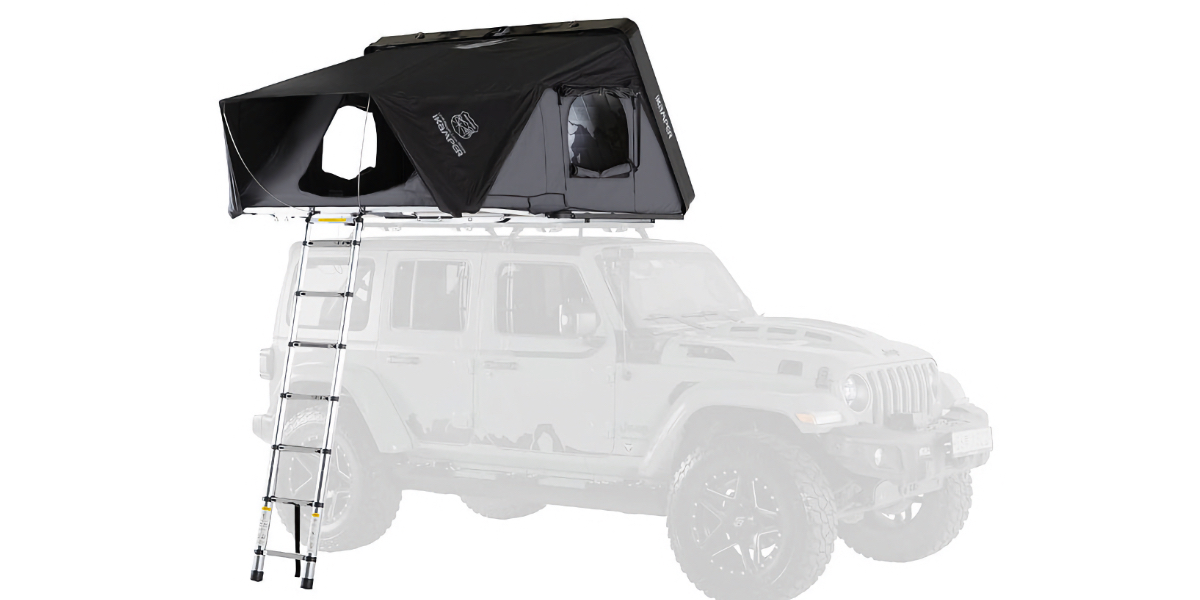
Photo Credit: iKamper
At the brand’s US headquarters, in the Seattle suburb of Kent, diehards often drop by just to loiter and talk shop—a 6,000-square-foot showroom opened last year, conceived as a hangout as much as a retail operation. “We have free drinks, a couch, a TV showing YouTube videos,” Flink says. “I used to work in bike shops, and it’s a similar thing, where you get regulars who want to come in and chill.”
Community building is core to the business model, though it hasn’t come without growing pains. In October, iKamper canceled a three-day campout in California’s Cuyama Valley, an event that launched in 2021 as a rendezvous for 100 or so owners and an excuse for some content creation. In just two years, the gathering had grown into a mini-festival with bands, trail runs, chef-staffed food stations, and some 300 expected attendees—a big lift for a company with fewer than 150 employees. After a fire at the fest site further complicated logistics, the iKamper team realized it would sidetrack the whole company just to pull the thing off.
An upside to the cancellation: the brand is now considering hosting a slate of smaller campouts in more places. “We’re taking a step back,” Flink says, “and asking, how can we do this and make it a great experience? And maybe not so exclusive to one area of Southern California?” After all, #iKamperNation is everywhere.
The post Driving Force: Room at the Top appeared first on RV.com.
Source: https://www.rv.com/gear-accessories/driving-force-room-at-the-top/

